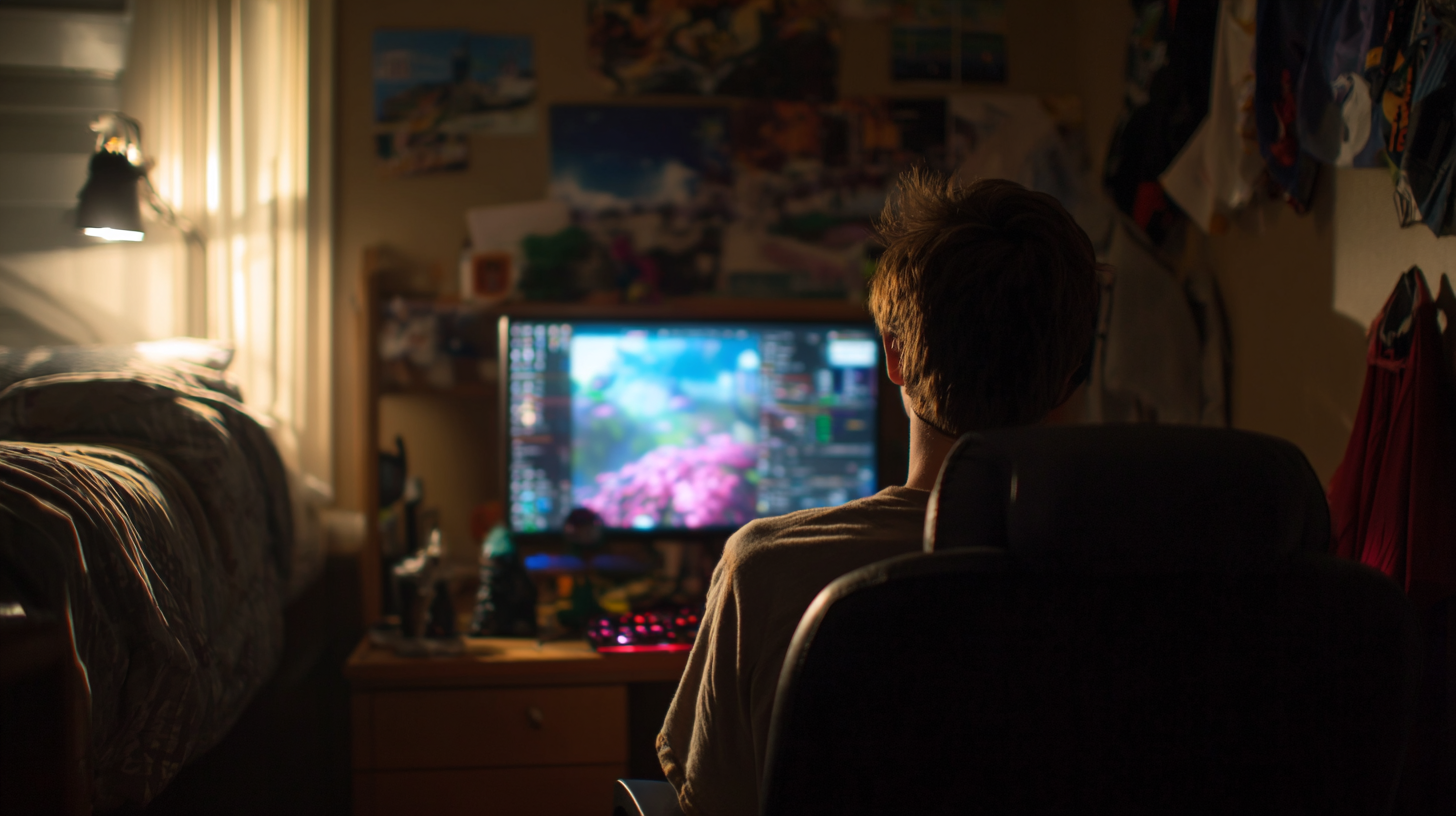Phantom Vibration Syndrome: What Your Brain Is Really Telling You About Stress and Screens
Introduction
Have you ever felt your phone buzz, only to realize… nothing happened? That “phantom vibration” isn’t just a funny glitch of the mind — it’s your nervous system waving a red flag. In a world where we’re constantly tethered to screens, our brains are starting to blur the line between real and imagined notifications. And the hidden message behind it may be more important than the buzz itself.
The Science of Phantom Vibrations
Research shows that up to 90% of people report feeling phantom vibrations at some point. It’s not random — it’s your brain’s way of staying in “alert mode,” conditioned by the constant flow of pings, likes, and emails. Essentially, your brain is rewiring to expect interruptions, even when they don’t come.
Why This Matters for Digital Wellness
Here’s the catch: if your body is always on edge waiting for the next vibration, your stress system is firing more than it should. This low-level tension can affect:
Sleep (because your brain doesn’t fully “turn off”)
Focus (the possibility of a notification hijacks your attention)
Mood (heightened anxiety or irritability from false alarms)
What You Can Do About It
Phantom vibrations aren’t just quirks — they’re cues. Your brain is telling you: “You need a reset.” Try:
Silent Hours — set your phone to Do Not Disturb for at least one block daily.
Phantom Awareness — instead of brushing off the false buzz, use it as a moment to ask, “What’s stressing my system right now?”
Tactile Detox — leave your phone in another room and let your nervous system relearn what stillness feels like.
Closing Thought
Phantom vibrations are more than imaginary alerts — signals that our relationship with technology is outpacing our ability to adapt. Learning to listen to these signals might be the first step toward digital wellness in a world that never stops buzzing.
The Hidden Cost of “Always-On” Gaming: Why Digital Wellness Starts in the Lobby, Not the Boss Fight
When discussing digital wellness, most people imagine endless TikTok scrolling or late-night Instagram binges. But for gamers — especially students and young professionals — the real drain doesn’t always happen during the marathon gaming sessions. It occurs in the waiting rooms, the lobbies, and the queues.
Think about it:
You log in “just to check” if your friends are online.
The game updates for 15 minutes, so you scroll aimlessly on your phone.
You queue up for a match, alt-tab to Discord, and 40 minutes later, you’ve done nothing — but you’re already tired.
This hidden layer of “micro-time” — the hours lost not gaming, but hovering around games — chips away at focus, motivation, and mental health.
Why It Matters
Psychology research shows that anticipation creates almost as much cognitive load as action. Sitting in constant readiness (“I might game soon”) keeps the brain in a low-grade state of arousal. You’re never fully resting, but you’re not fully engaged either. Over time, this limbo:
Increases fatigue
Reduces attention span
Fuels procrastination (“I’ll start after one match…”)
A Fresh Approach to Digital Wellness for Gamers
Instead of preaching “play less,” the real wellness win is about reclaiming the limbo. Try these:
Set lobby limits: If matchmaking takes more than 5 minutes, use that as a cue to step away.
Redesign idle time: Keep a physical notebook nearby — jot ideas, doodle, or plan tomorrow while the game loads.
Name the drain: Call it “shadow play” — the invisible hours around gaming. Once you label it, you’ll spot it everywhere.
The Bigger Picture
Digital wellness isn’t just about hours logged. It’s about the texture of time. For gamers, wellness starts not when the boss fight begins, but in those quiet digital lobbies where attention slowly leaks away.
Reclaiming that space might be the real “next level” for performance — in gaming, school, and life.

